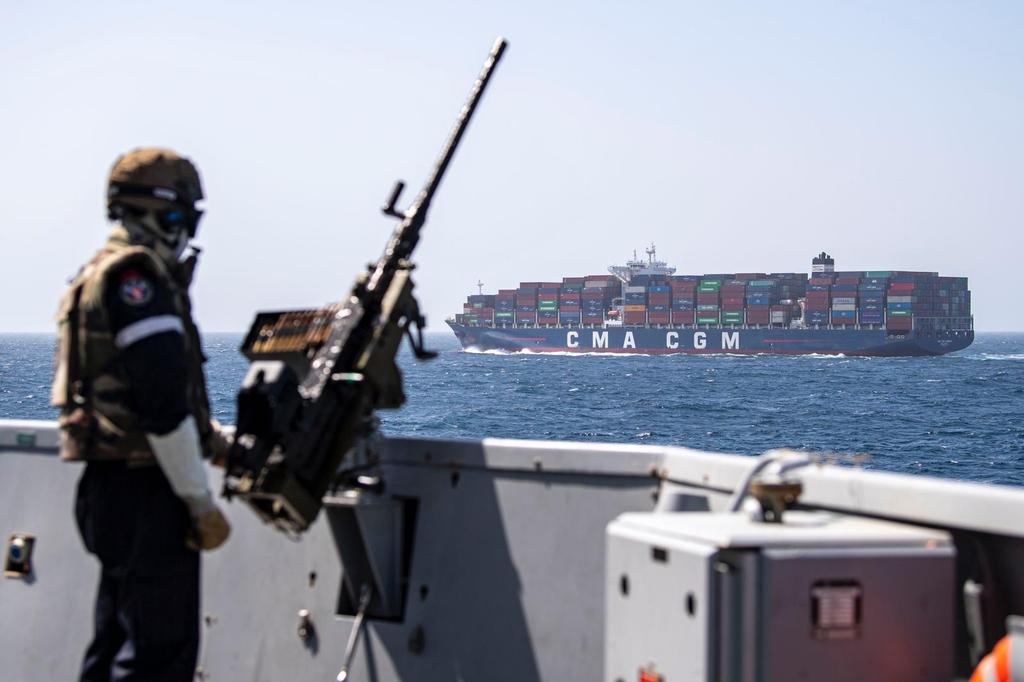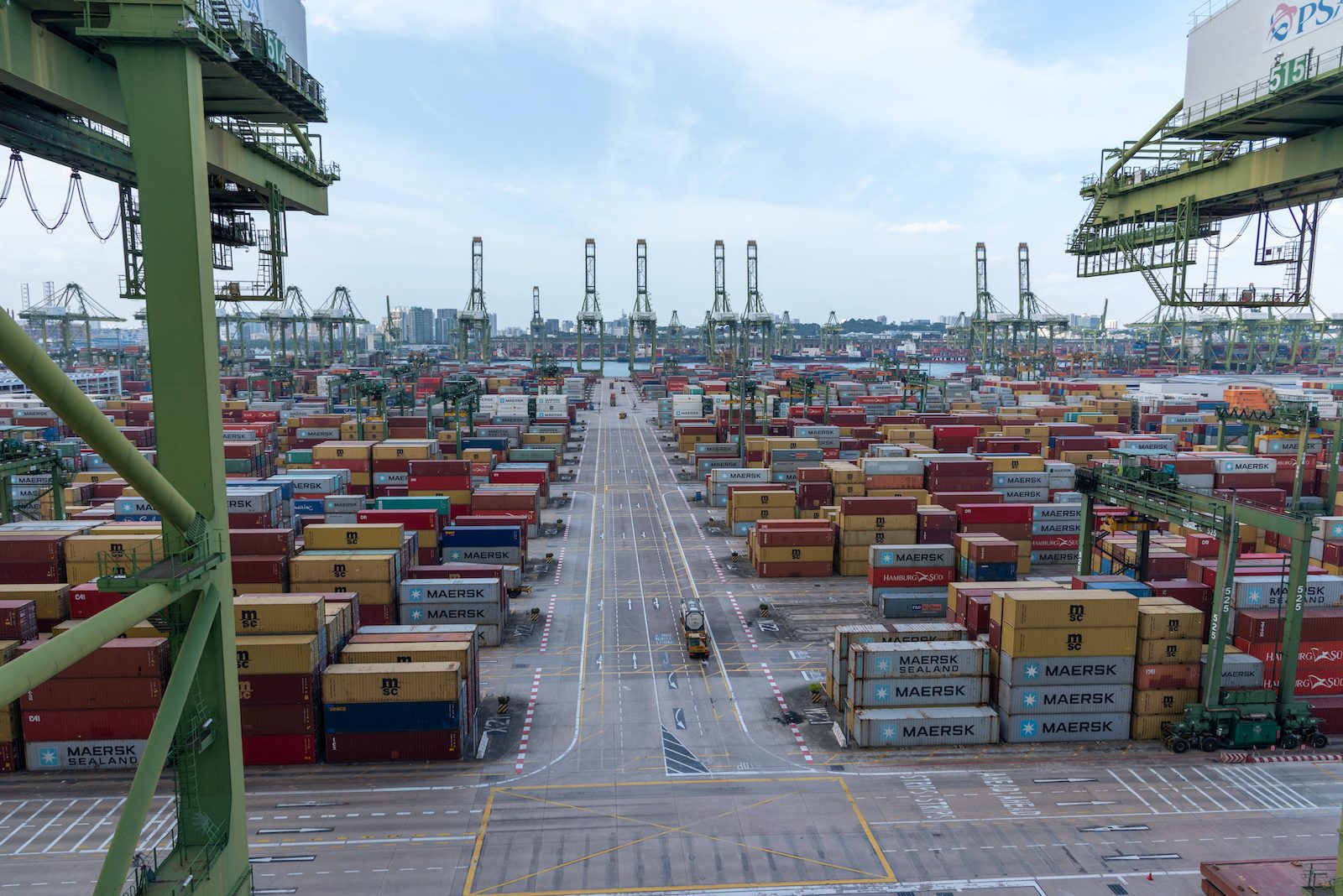By Bloomberg News (Bloomberg) —
One of the world’s biggest ports is working to fully automate all dock operations in a bid to cope with Covid-induced supply-chain disruptions and labor shortages.
China’s northern Tianjin port is looking to develop a “digital twin” in three to five years, Yang Jiemin, vice president of parent Tianjin Port Group Co., told reporters this week.
“All ports globally should move toward being more intelligent, eco-friendly and efficient,” he said.
Tianjin port is working with Huawei Technologies Co. and others to tackle challenges facing the port sector, including how to make supply chains more resilient, Yang said.
Huawei is aiding that initiative with its expertise in communications technologies, artificial intelligence and autonomous driving, he said. The company will install software and sensors on autonomous vehicles, provide wireless technology to guide vehicles on roads, and work with telecom companies to supply fast and reliable network connections, according to Huawei.
Covid disruptions and labor unrest led to congestion at ports around the world last year and a jump in shipping rates. And China is now grappling with a pivot from Covid Zero that has unleashed a surge of infections and caused tens of thousands of deaths.
Robots are already at work picking up and dropping off containers at a smart terminal co-built by Huawei that began operations in 2021, and requires just 25% of the human workforce needed to run neighboring docks. The terminal is also fully driverless.
Operators at Tianjin port — one of the world’s largest by container volume — have struggled to find and retain truck drivers to load and unload containers at its terminals, said York Yuekun, Huawei’s chief technology officer for smart roads, waterways and ports.
Tianjin port handles ore, coal, oil, cars and other commodities besides containers. It’s a popular port for cruises in northern China, and a leasing hub for aircraft and ships. Its container throughput exceeded 21 million TEUs last year, according to the latest government work report.
Port automation emerged in the early 1990s as global trade surged, and facilities worldwide have since invested to automate at least part of their terminal operations, according to McKinsey & Co. China has rolled out policies to facilitate development of smart ports since at least 2017, with major players like Shanghai and Qingdao ports opening their first automated docks that year.
For Huawei, the Tianjin port partnership signals a push to develop new lines of business after U.S. tech export restrictions gutted its smartphone business and curbed the sale of advanced gear in developed markets.
The company has ventured into developing smart solutions to facilitate digitization of traditional businesses like ports and mines, utilizing homegrown 5G and artificial intelligence technologies — along with the BeiDou Navigation Satellite System, China’s alternative to GPS — to help tackle worker safety, employee shortages and cost issues.
© 2023 Bloomberg L.P.
Unlock Exclusive Insights Today!
Join the gCaptain Club for curated content, insider opinions, and vibrant community discussions.

 Join The Club
Join The Club













